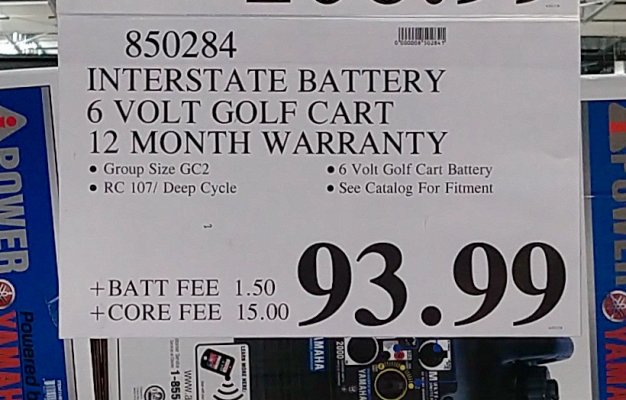Panacea123
Senior Member
- Joined
- Jul 17, 2016
- Messages
- 163
- Location
- Usa
- Vessel Name
- Panacea
- Vessel Make
- Novatec 42 Sundeck Trawler
Trojan
I’ve got Trojan T105RE
Not much mentioned about them on these forums
I called Trajan 4 yrs ago when I installed them, their advice was to go with the “RE” version, some mystery carbon technology, but supposedly happier with the 80% SOG most of us experience. Regular golf cart batteries are usually fully charged at the end of the day. Most boats rarely see this.
The “RE” series stands for renewable energy, designed for use in off the grid systems.
Time will tell but 4 years and no loss of capacity.
Look at their website, the “RE” series has a much longer life span.
Life on the hook 6mnts/yr
1 hr gen charge per day, while I make water
780 watts solar topped off by 2pm most days.
Runs all my goodies incl ice maker and wash machine.
I’ve got Trojan T105RE
Not much mentioned about them on these forums
I called Trajan 4 yrs ago when I installed them, their advice was to go with the “RE” version, some mystery carbon technology, but supposedly happier with the 80% SOG most of us experience. Regular golf cart batteries are usually fully charged at the end of the day. Most boats rarely see this.
The “RE” series stands for renewable energy, designed for use in off the grid systems.
Time will tell but 4 years and no loss of capacity.
Look at their website, the “RE” series has a much longer life span.
Life on the hook 6mnts/yr
1 hr gen charge per day, while I make water
780 watts solar topped off by 2pm most days.
Runs all my goodies incl ice maker and wash machine.


